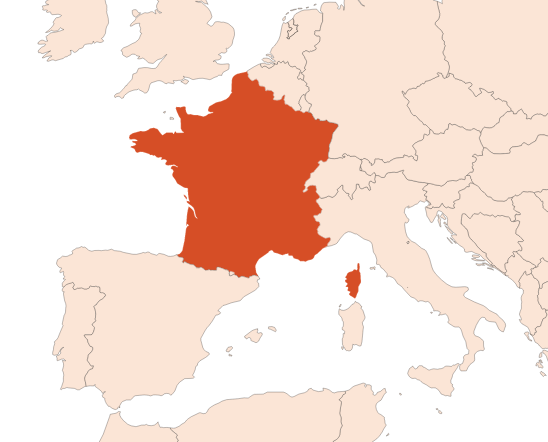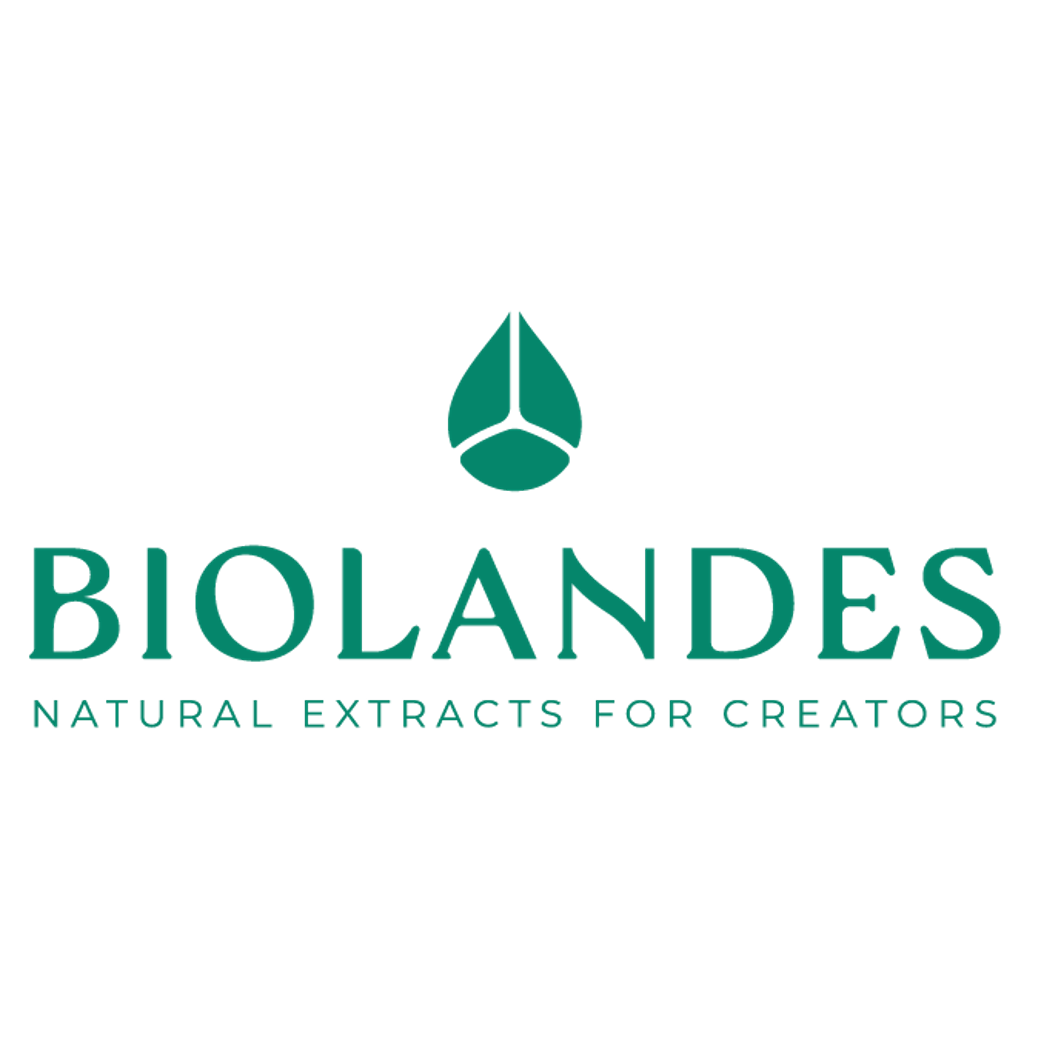Carrot Seed EO
Naturelle
Spicy > Warm Spices > Orris Root > Earthy > Yellow Fruits

Crédits photo: ScenTree SAS
Latin name :
Daucus carota
Botanical profile :
The carrot is a biannual root of the Apiaceae family and the genus Daucus.
Geographic origin :
Native to the temperate regions of Europe and Asia, wild carrots are produced in France.
Chemotypes :
Although they belong to the same botanical genus, we distinguish the eastern carrots (mainly Afghanistan) and the western carrots (Mediterranean).
Similarly, there are 2 species of Daucus Carota : ssp sativa (cultivated species) and ssp maximus (wild species).
Similarly, there are 2 species of Daucus Carota : ssp sativa (cultivated species) and ssp maximus (wild species).
Extraction process :
Harvested from June to November in France, after its second year of cultivation. White flowers umbels take shape at the end of spring. Only a small red flower unfolds in the center of the umbel. After giving a mature fruit, the flowers straighten around the seeds to protect them.
The harvest is done manually before extraction of the fresh seeds to obtain an absolute (extraction made with volatile solvents, first with hexane then with alcohol to glaze the concrete), or dried to obtain an essential oil (extraction by steam distillation). In the case of the EO, the yield is 2 to 3%, for a 3 to 4 hours distillation. It is important to note that the EO density is superior to 1, so it is located under water inside the decanter.
The harvest is done manually before extraction of the fresh seeds to obtain an absolute (extraction made with volatile solvents, first with hexane then with alcohol to glaze the concrete), or dried to obtain an essential oil (extraction by steam distillation). In the case of the EO, the yield is 2 to 3%, for a 3 to 4 hours distillation. It is important to note that the EO density is superior to 1, so it is located under water inside the decanter.
Major Components :
Carotol (50-80%)
Beta-Bisabolene (8-10%)
Daucol (≈5%)
Alpha-Pinene (≈5%)
Beta-Pinene (≈5%)
Beta-Caryophyllene (≈5%)
Plotter(s) : Carotol
Beta-Bisabolene (8-10%)
Daucol (≈5%)
Alpha-Pinene (≈5%)
Beta-Pinene (≈5%)
Beta-Caryophyllene (≈5%)
Plotter(s) : Carotol
- Uses in perfumery :
- Used in fougere, chypre and floral compositions to enhance violet leaf absolute, Mimosa Absolute or orris root butter. Sometimes used to replace or support orris root butter, for cost reasons.
- Other comments :
- The major constituent of the carrot is carotol, also present in the essential oil of pink berry. Thus, the carrot is the main precursor for the extraction of natural carotol.
- Volatility :
- Head/Heart
- Appearance :
- Orange liquid
- Stability :
- Solubility issues in perfumes
The terpenes identified in this raw material can polymerize when they are oxidized - Price Range :
- €€€€
- Aromatherapy :
Informations provided below are taken from reference works in aromatherapy. They are given for information purposes only and can not constitute medical information, nor engage the responsibility of ScenTree.
Carrot seed is known for its toning and regenerative hepatocellular properties (skin regeneration). It is indicated in case of hepatic insufficiency, eczema and neurasthenia (persistent fatigue).

Crédits photo: ScenTree SAS
- EINECS number :
- 84929-29-2
- FEMA number :
- 2244
- Allergens :
- This ingredient does not contain any allergen.
- IFRA :
- This ingredient is restricted by IFRA
- Annexe I :
- Some regulated synthetic ingredients are found in nature and in certain proportions in natural ingredients. This presence in nature has to be taken into account when calculating limits of use recommended by the IFRA. In case you do not know these concentrations, you can use the ones estimated by the IFRA. Here they are :
- Annexe I :
- Some regulated synthetic ingredients are found in nature and in certain proportions in natural ingredients. This presence in nature has to be taken into account when calculating limits of use recommended by the IFRA. In case you do not know these concentrations, you can use the ones estimated by the IFRA. Here they are :
| List of regulated compounds contained in this ingredient | ||
|---|---|---|
| Regulated ingredient name | CAS N° | Estimated Concentration |
| Geraniol | 106-24-1 | 1,1 |
| d-Carvone | 2244-16-8 | 0,06 |
| alpha-Bisabolol | 515-69-5 | 0,3 |
| p-Isopropylbenzyl alcohol | 536-60-7 | 0,4 |
| List of regulated compounds contained in this ingredient | ||
|---|---|---|
| Regulated ingredient name | CAS N° | Estimated Concentration |
| Geraniol | 106-24-1 | 1,1 |
| d-Carvone | 2244-16-8 | 0,06 |
| alpha-Bisabolol | 515-69-5 | 0,3 |
| p-Isopropylbenzyl alcohol | 536-60-7 | 0,4 |
To learn more about IFRA's standards : https://ifrafragrance.org/safe-use/library
ScenTree is solely responsible for the information provided here.


